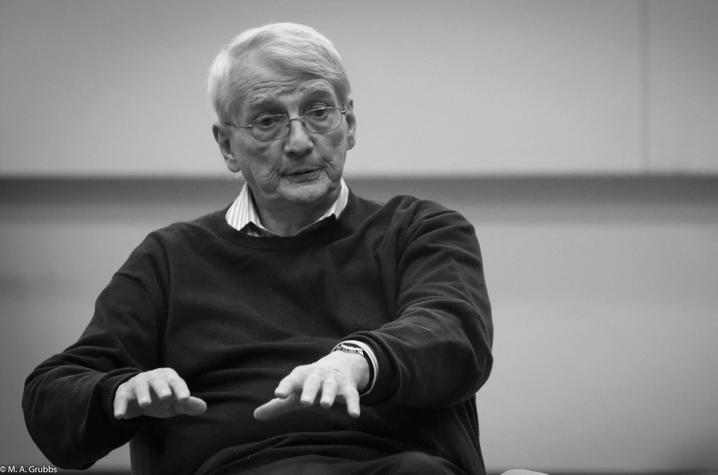'Conversations with Gurney' to Take Place Jan. 27, April 13
By Jenny Wells-Hosley

Gurney Norman is a professor of English and scholar-in-residence at the UK Appalachian Center. Photo courtesy of Morris Grubbs.
English Professor Named United States Artists Fellow
 Crystal Wilkinson didn't become a writer to obtain fame and fortune. But the accomplished author is receiving some well-deserved recognition and funding to support her craft.
Crystal Wilkinson didn't become a writer to obtain fame and fortune. But the accomplished author is receiving some well-deserved recognition and funding to support her craft.
"I am absolutely elated."
Sociology Professor Issues Trio of Books
 Thomas Janoski, professor in the Department of Sociology at the University of Kentucky, will celebrate the release of not one but three books this year.
Thomas Janoski, professor in the Department of Sociology at the University of Kentucky, will celebrate the release of not one but three books this year.
